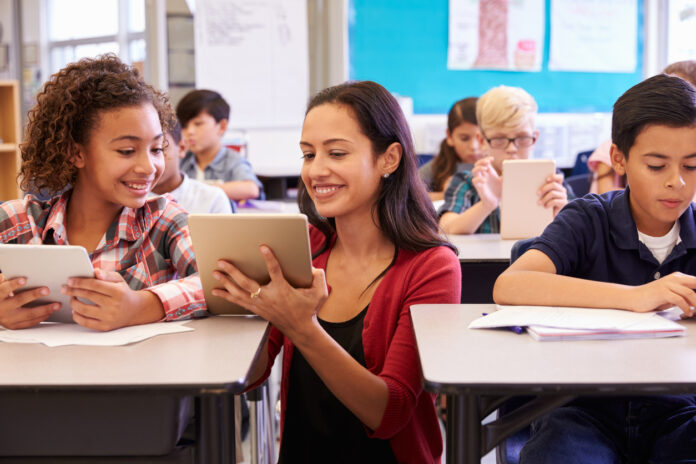In the realm of education, the integration of visual aids has long been recognized as a potent tool for enhancing learning experiences. Among these aids, photos stand out as versatile assets that can captivate students’ attention, stimulate their curiosity, and facilitate comprehension across various subjects. In this comprehensive guide, we delve into the myriad ways photos can transform the classroom environment and elevate educational outcomes.
Enhancing Engagement through Visual Stimuli
Captivating Attention
One of the most significant advantages of incorporating photos into classroom instruction is their ability to capture students’ attention effectively. As visual creatures, humans are naturally drawn to imagery, especially when it is relevant to the subject matter at hand. By strategically integrating photos into lessons, educators can instantly grab students’ focus and create an immersive learning environment.
Facilitating Comprehension
Beyond mere engagement, photos serve as powerful tools for enhancing comprehension and retention of complex concepts. When accompanied by textual explanations, visual representations can provide additional context and aid in clarifying abstract ideas. By appealing to multiple senses simultaneously, photos enable students to form stronger mental connections and internalize information more effectively.
Fostering Critical Thinking and Creativity
Stimulating Curiosity
The inclusion of photos in classroom activities can spark students’ curiosity and encourage them to explore new ideas independently. Whether used to illustrate historical events, scientific phenomena, or literary themes, photos have the power to pique students’ interest and inspire them to delve deeper into the subject matter through research and inquiry.
Encouraging Visual Literacy
In today’s digital age, visual literacy has emerged as a crucial skill set for students to navigate and interpret the vast array of visual information they encounter daily. By analyzing photos critically, students develop the ability to discern between different types of imagery, identify biases or manipulations, and extract meaningful insights from visual content—a skill that is increasingly relevant in an image-saturated world.
Promoting Inclusivity and Diversity
Cultivating Empathy
Photos have the unique ability to evoke emotional responses and foster empathy by depicting diverse perspectives, cultures, and experiences. When carefully selected to reflect a range of identities and backgrounds, photos can promote understanding and appreciation for diversity among students, fostering a more inclusive classroom environment where every voice is valued and respected.
Celebrating Multiculturalism
By incorporating photos that represent various cultural traditions, historical events, and global perspectives, educators can cultivate a sense of cultural awareness and appreciation among students. Exposure to diverse imagery not only broadens students’ horizons but also encourages them to embrace their own cultural heritage while fostering empathy and respect for others’ traditions.
Conclusion
In conclusion, the integration of photos in the classroom is a powerful strategy for enhancing engagement, fostering critical thinking, and promoting inclusivity among students. By leveraging the visual appeal and educational potential of photos, educators can create dynamic learning environments that cater to diverse learning styles and inspire a lifelong love of learning.

